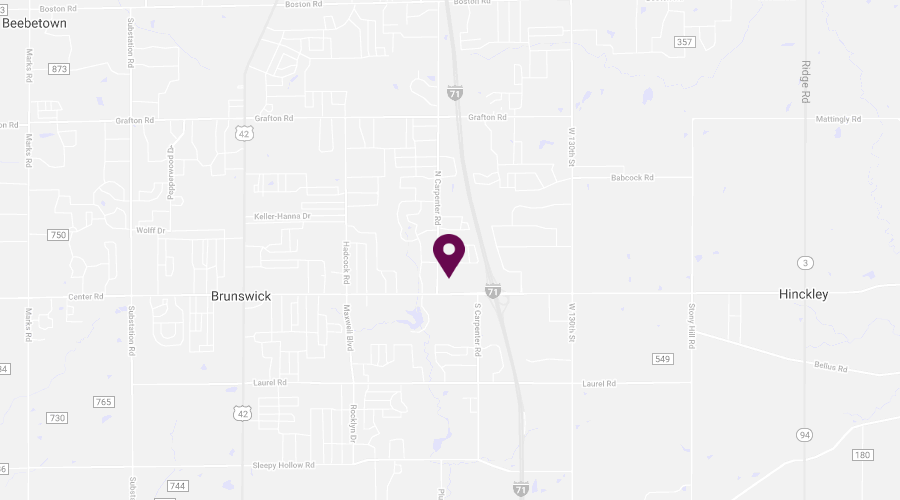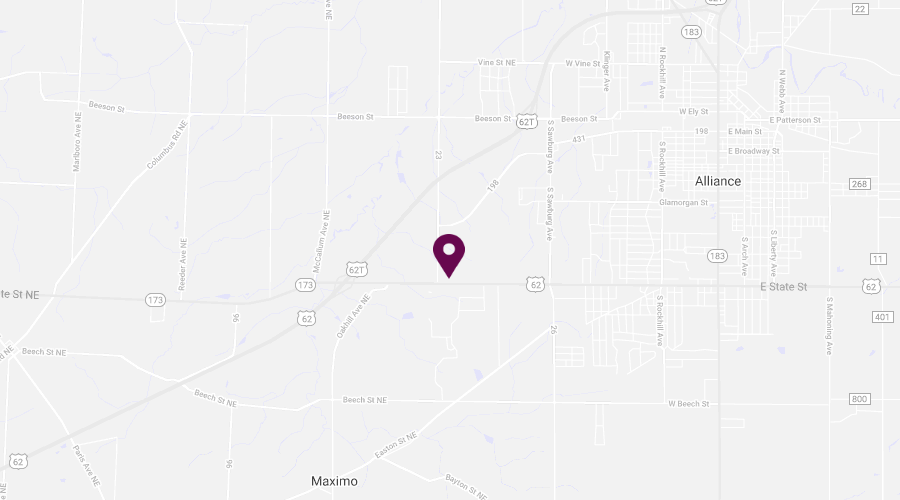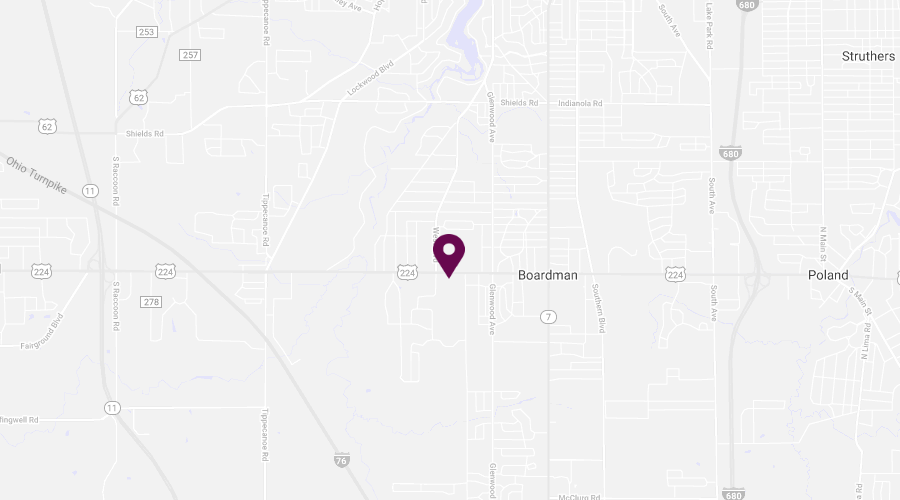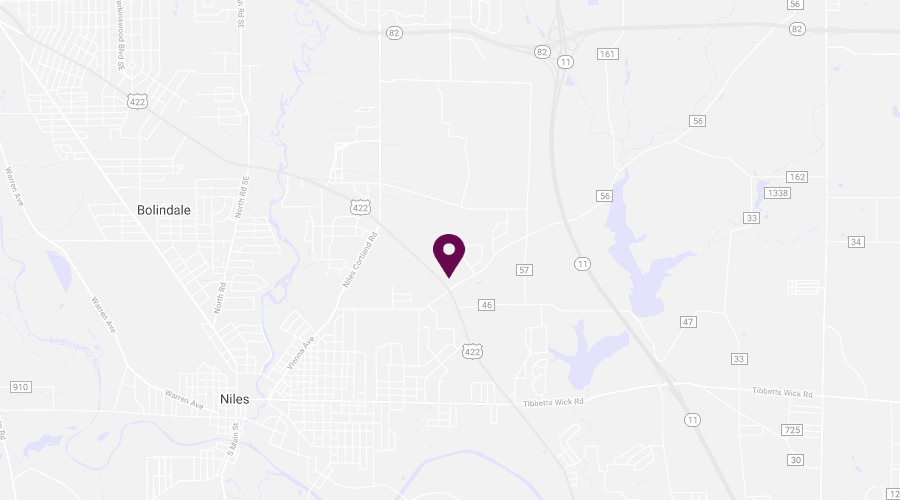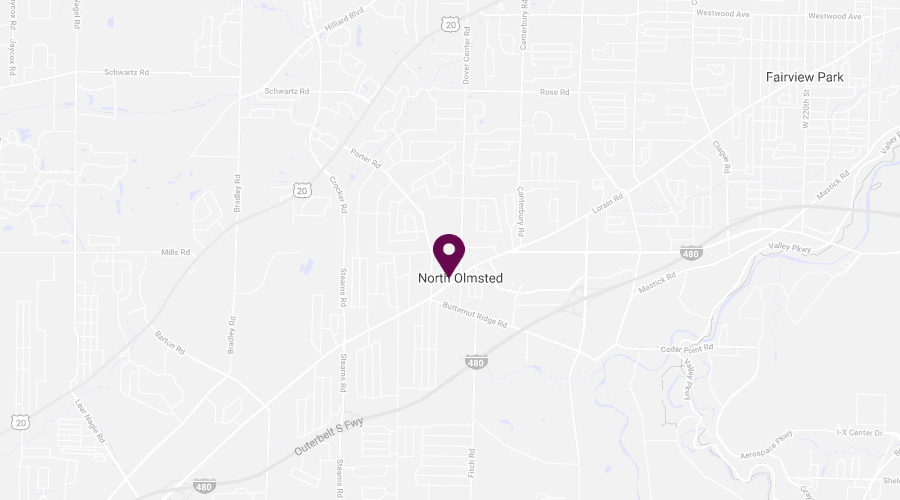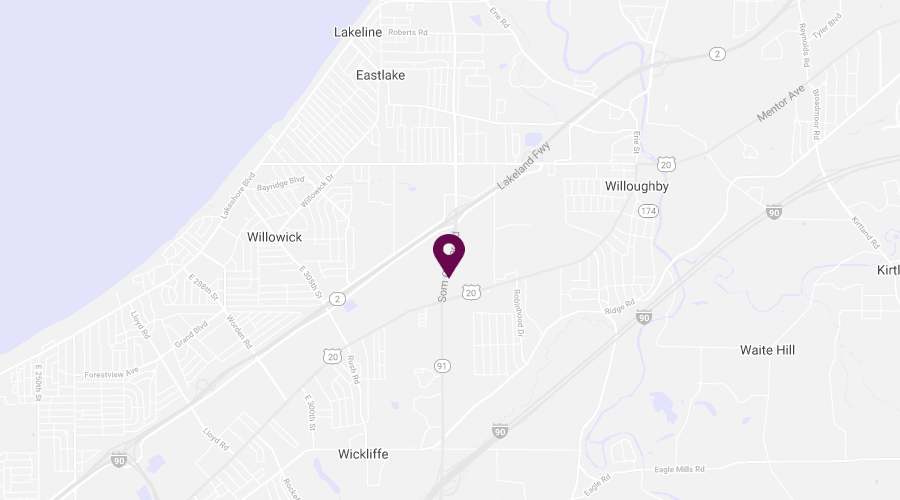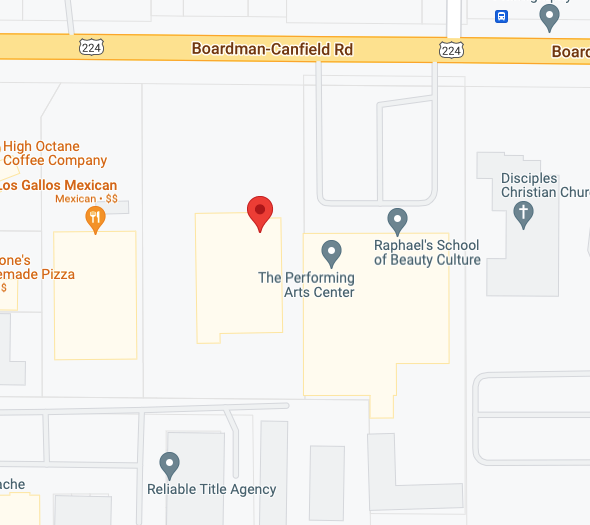Violations
Sexual Misconduct is defined as any activity of a sexual nature that violates another individual’s physical and/or emotional well-being or personal space without that person’s explicit consent. Sexual misconduct incorporates a range of behaviors including rape, sexual assault (which includes any kind of nonconsensual sexual contact), sexual harassment, relationship violence, stalking, and any other conduct of a sexual nature that is nonconsensual or has the purpose or effect of threatening, intimidating, or coercing a person(s). Sexual misconduct occurs when there is a lack of mutual consent about sexual activity or if there is ambiguity about whether consent has been given.
Consent is defined as clear permission between individuals. Consent must be positively established. It is never presumed. To consent to something means you confidently agree to participate based on your own free will without any influence or pressure.
- Consent is informed, knowing, and voluntary.
- Consent is demonstrated through mutually understandable words and/or actions that clearly indicate a willingness to engage in sexual activity.
- In the absence of an outward demonstration, consent does not exist.
- Consent to engage in sexual activity may be withdrawn by either party at any time. Withdrawal of consent must also be outwardly demonstrated by words or actions that clearly indicate a desire to end sexual activity. Once withdrawal of consent has been expressed, sexual activity must cease.
- A previous sexual relationship, and/or current relationship, may not, in itself, be taken to imply consent.
- Consent does not exist if it results from the use of physical force, intimidation, coercion or incapacitation. If a sexual act is occurring and physical force, intimidation, coercion or incapacitation develops, there is no longer consent.
- Consent cannot be given if a person is impaired, incapacitated by alcohol or drugs, underage, mentally challenged, unconscious, or asleep.
- Use of alcohol or drugs does not diminish one’s responsibility to obtain consent, and does not excuse conduct that constitutes sexual misconduct under this policy.
Sexual Assault: Any type of sexual contact or behavior that occurs without the explicit consent of the other person or is obtained through the use of force, threat of force, intimidation or coercion. Defined for the purposes of this policy, “sexual assault” encompasses a wide range of criminalized sexual conduct, including rape and sexual battery. Ohio Revised Code (O.R.C.) section 2907.01 defines “sexual conduct” as “vaginal intercourse between a male and female; anal intercourse, fellatio and cunnilingus between persons regardless of sex; and, without privilege to do so, the insertion, however slight, of any part of the body or any instrument, apparatus, or other object into the vaginal or anal opening or another. Penetration, however slight, is sufficient to complete vaginal or anal intercourse.”
- Rape: Sexual Intercourse by forcible compulsion or threat of forcible compulsion.
- Compulsion can be use of physical, intellectual, moral, emotional or psychological force, either expressed or implied.
- It also includes sexual intercourse with a person who is unconscious or unaware that sexual intercourse is occurring or when their power to resist has been substantially impaired by drugs, alcohol or other means.
- Sexual Contact: Includes intentional contact with breasts, buttocks, groin, genitals, mouth or other bodily orifices of another person or touch another person with any of these body parts or making another person touch you or themselves with any of these body parts. It also includes intentional contact with any bodily part in a sexual manner.
Sexual Violence: Physical contact or other non-physical conduct of a sexual nature in the absence of clear, knowing and voluntary consent.
Examples including but not limited to:
- Non-consensual sexual intercourse, defined as any sexual penetration (anal, oral, or vaginal), however slight, with any body part or object by any person upon any person without consent.
- Non-consensual sexual contact, defined as any intentional sexual touching, with any body part or object by any person upon any person without consent.
- Sexual exploitation, defined as taking non-consensual, unjust or abusive sexual advantage of another. Examples include, but are not limited to, prostituting another student, non-consensual video or audio-taping of sexual activity, going beyond the boundaries of consent (such as knowingly allowing another to surreptitiously watch otherwise consensual sexual activity), engaging in non-consensual voyeurism, and knowingly transmitting or exposing another person to a sexually transmitted infection (STI) without the knowledge of the person.
- Sexual harassment, as defined in applicable school policy.
- Indecent exposure, defined as the exposure of the private or intimate parts of the body in a lewd manner in public or in private premises when the accused may be readily observed.
Stalking: Defined as in the Ohio Revised Code (O.R.C.) section 2903.211 Menacing by Stalking. (1) No person by engaging in a pattern of conduct shall knowingly cause another person to believe that the offender will cause physical harm to the other person or the other person’s belief that the offender will cause physical harm to the other person or the other person’s mental distress, the other person’s belief or mental distress may be based on words or conduct of the offender that are directed at or identify a corporation, association, or other organization that employs the other person or to which the other person belongs. (2) No person, through the use of any electronic method of remotely transferring information, including, but not limited to, any computer, computer network, computer program, or computer system, shall post a message with purpose to urge or incite another to commit a violation of division of this section. (3) No person, with a sexual motivation, shall violate division (1) or (2) of this section.
Examples of stalking behaviors and activities may include, but are not limited to:
- Non-consensual communication, including face-to-face communication, telephone calls, voice messages, e-mails, text messages, written letters, gifts, or any other communications that are undesired and place another person in fear.
- Pursuing, following, waiting, or showing up uninvited at or near a residence, workplace, classroom, or other places frequented by the victim.
- Surveillance or other types of observation including staring, and/or peeping.
- Trespassing and/or vandalism targeted at a specific person.
- Gathering information about an individual from friends, family, and/or co-workers.
Examples of cyber-stalking may include, but are not limited to:
- Repetitive nonconsensual or unsolicited emails.
- Instant messages and messages posting in on-line bulletin boards.
- Unsolicited communications about a person, their family, friends, or co-workers that may be deemed as threatening.
- Sending/posting unwelcomed and unsolicited messages with another username.
- Using electronic devices or software to track and/or obtain private information and to contact and/or post threatening or personal information.
Relationship Violence: Includes Domestic Violence and Dating Violence: Domestic Violence, defined as in the Ohio Revised Code (O.R.C.) section 2919.25 Domestic violence. No person shall knowingly cause or attempt to cause physical harm to a family or household member. No person shall recklessly cause serious physical harm to a family or household member. No person, by threat of force, shall knowingly cause a family or household member to believe that the offender will cause imminent physical harm to the family or household member. Dating Violence means violence committed by a person who is or has been in a social relationship of a romantic or intimate nature with the victim and where the existence of the relationship shall be determined based on a consideration of the following factors: Length of the relationship; Type of relationship; and the frequency of interaction between the persons involved in the relationship.
Sexual Harassment: Involves the behavior of a person of the opposite or same sex, and occurs when such behavior constitutes unwelcome sexual advances, unwelcome requests for sexual favors, and other unwelcome verbal or physical behavior of a sexual nature and is so sever, pervasive and objectively offensive that it has the purpose or effect of substantially interfering with a person’s academic performance, employment or equal opportunity to participate in or benefit from school programs or activities or by creating an intimidating, hostile or offensive working or educational environment.
Examples of sexual harassment include, but are not limited to the following behaviors.
- Sexually degrading words or gestures to describe an individual.
- Unnecessary touching, patting, pinching, or brushing another’s body or clothing.
- Comments about an individual’s body, clothing or lifestyle which have sexual implications.
- Repeated offensive sexual flirtation, leering or ogling.
- Display of sexually demeaning objects, pictures, or cartoons in hallways, outdoor areas and rooms publicly accessible to members of the school community, including offices.
- Conduct of a sexual nature that interferes with an individual’s academic or work performance or creates an intimidating, hostile or offensive environment.
- Implied or direct threats or insinuations that an individual’s refusal to submit to sexual advances will adversely affect the individual’s status, evaluation, wages, advancement, duties or career development.
Hate Crimes: Ohio law broadly defines hate crimes as criminal acts motivated by prejudice or intolerance and directed toward a member of a gender, racial, religious or social group. The Ohio statute that speaks directly to hate crimes is the “ethnic intimidation” provision under section 2927.12 of the Ohio Revised Code, which prohibits commission of the misdemeanor crimes of aggravated menacing, menacing, criminal damaging, criminal mischief, and some types of telephone harassment, when done “by reason of” the race, color, religion or national origin of another person or group of persons.
-
Brunswick / Medina
3307 Center Rd
Brunswick, OH 44212Admissions & Student Salon:
330-574-9518 -
Canton / Alliance Area
2445 W State St
Alliance, OH 44601Admissions & Student Salon:
330-574-4862 -
Youngstown / Boardman Area
615 Boardman-Canfield Rd
Boardman, OH 44512Admissions & Student Salon:
330-574-7181 -
Niles / Warren Area
815 Youngstown Warren Rd
Niles, OH 44446Admissions & Student Salon:
330-574-7893 -
Niles / Department of Barbering
815 Youngstown Warren Rd
Niles, OH 44446Admissions & Student Salon:
330-574-7893 -
Cleveland West / North Olmsted
27326 Lorain Road
North Olmsted, OH 44070
Admissions & Student Salon:
330-574-6605 -
Willoughby
34999 Euclid Ave
Willoughby, OH 44094Admissions & Student Salon:
330-574-9054 -
Boardman/ Massage Therapy School
621 Boardman Canfield Rd, Suite 2
Boardman, Ohio 44512.Admissions & Student Salon:
330-574-7181
Brunswick / Medina
Admissions & Student Salon:
330-574-9518
Canton / Alliance Area
Admissions & Student Salon:
330-574-4862
Youngstown / Boardman Area
Admissions & Student Salon:
330-574-7181
Niles / Warren Area
Admissions & Student Salon:
330-574-7893
Niles / Department of Barbering
Admissions & Student Salon:
330-574-7893
Cleveland West / North Olmsted
Admissions & Student Salon:
330-574-6605
Willoughby
Admissions & Student Salon:
330-574-9054
Boardman/ Massage Therapy School
Admissions & Student Salon:
330-574-7181
-
Brunswick / Medina
-
Canton / Alliance Area
-
Youngstown / Boardman Area
-
Niles / Warren Area
-
Niles / Department of Barbering
-
Cleveland West / North Olmsted
-
Willoughby
-
Boardman/ Massage Therapy School
© 2020 Raphael’s School of Beauty Culture All Rights Reserved. Privacy Policy



